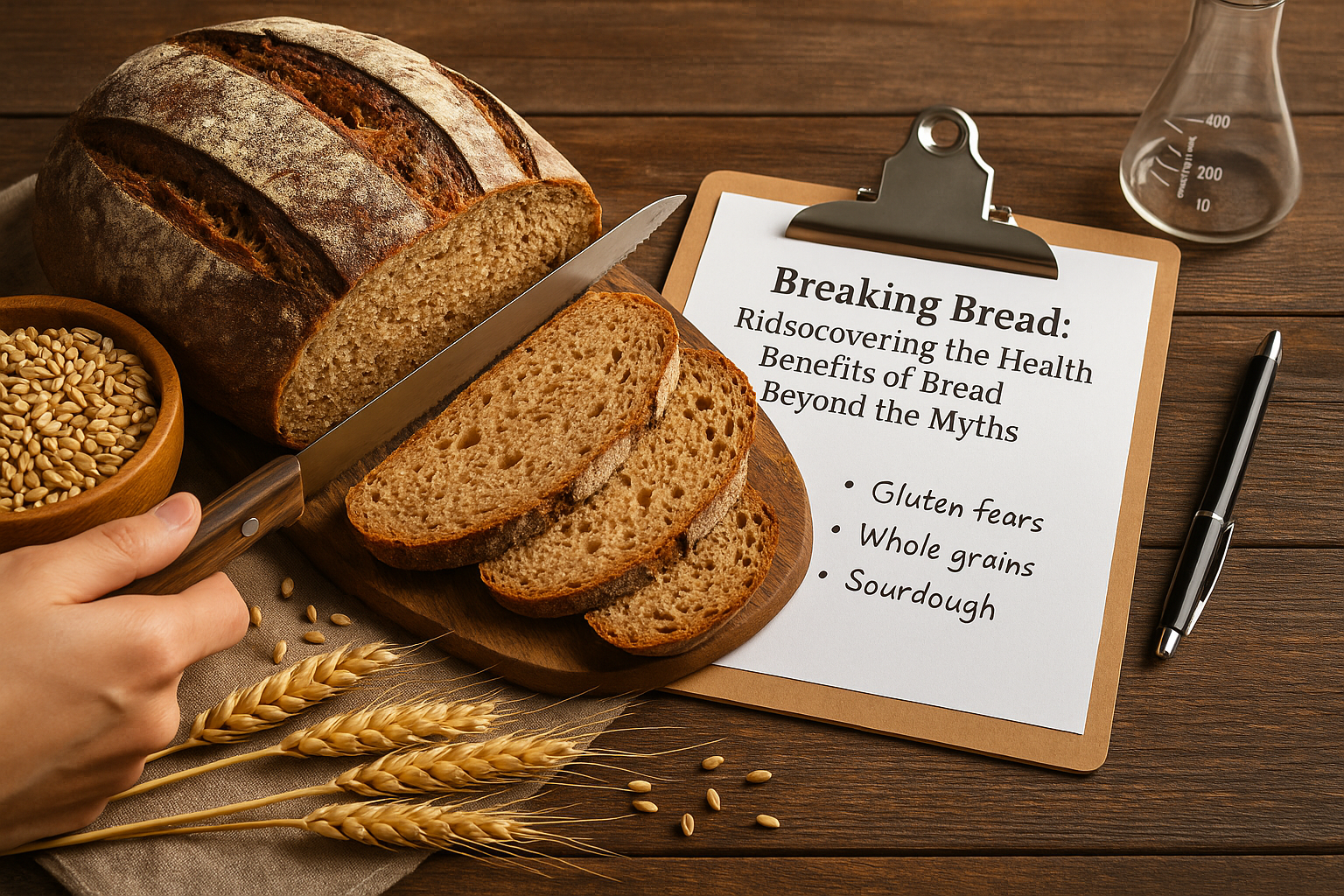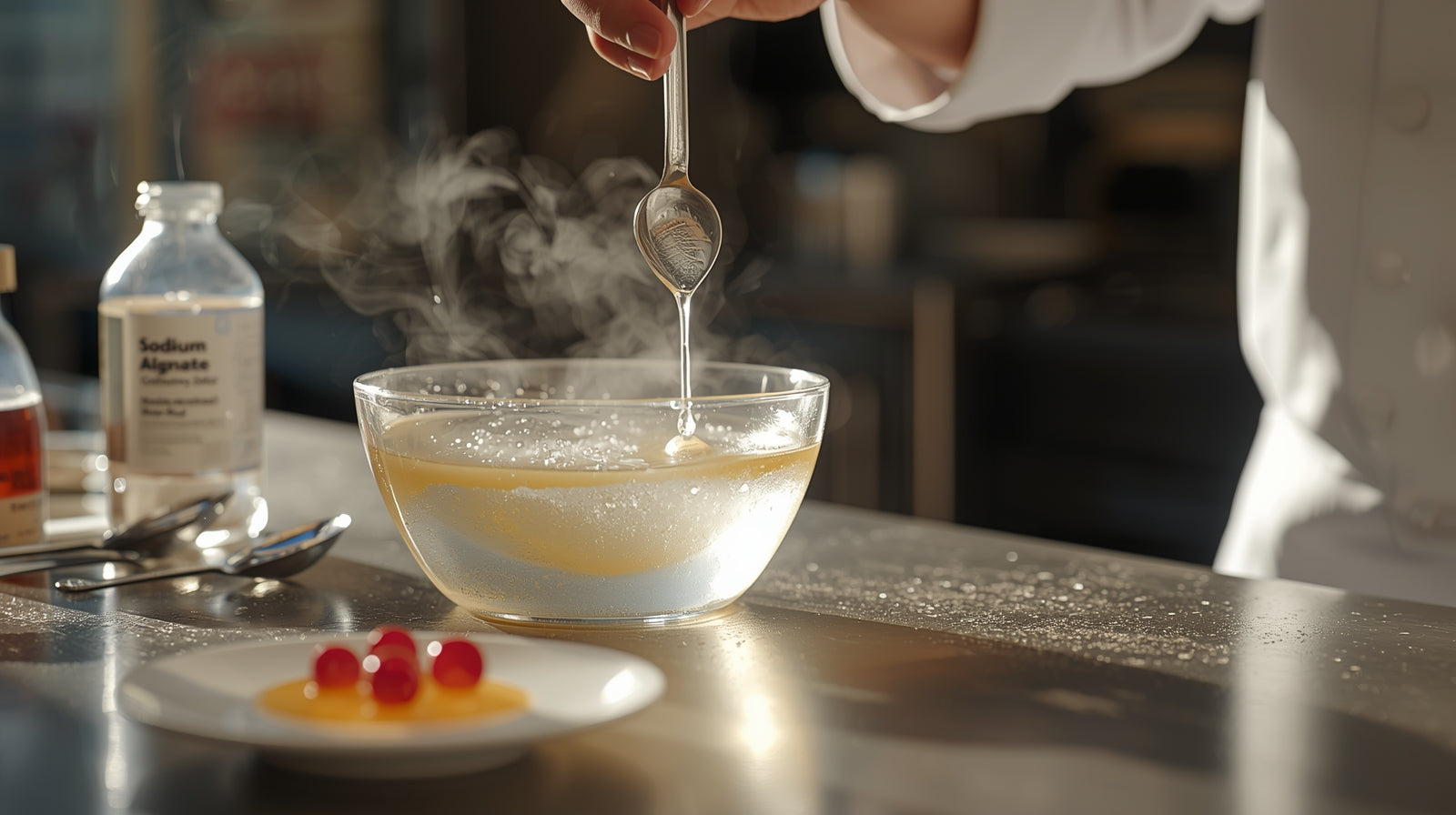Trending searches
Trending searches

What’s the Best Emulsifier for Sauces, Dressings, or Dairy? A Ranked Buyer’s Guide
SUBSCRIBE TO OUR BLOG
Promotions, new products, and recipes.
Key Takeaways
-
Lecithin offers clean emulsification for both dairy and dressings — best all-rounder.
-
Mono- and diglycerides are ideal for commercial creaminess and long shelf life.
-
Xanthan gum is powerful for cold sauces and dressings with clean-label appeal.
-
Match your application + desired texture + cost to find the best fit — our decision tree helps you decide fast.
What Are Emulsifiers, and Why Do They Matter?
Emulsifiers stabilize mixtures of oil and water that would otherwise separate — essential in dressings, sauces, and dairy. The right emulsifier controls texture, consistency, mouthfeel, and shelf stability.
Ranked: Best Emulsifiers for Sauces, Dressings, and Dairy
| Emulsifier | Best For | Pros | Cons | Rating (1–5) |
|---|---|---|---|---|
| Lecithin (Soy/Sunflower) | Salad dressings, dairy beverages | Natural, neutral flavor, versatile | Less effective in high-fat hot emulsions | ★★★★☆ |
| Mono- & Diglycerides | Cream sauces, dairy desserts | Strong emulsification, great for heat + shelf life | Synthetic, not always clean label | ★★★★★ |
| Xanthan Gum | Cold sauces, vinaigrettes | Clean-label, high viscosity, very stable | Can affect mouthfeel if overdosed | ★★★★☆ |
| Mustard Powder | Home-style dressings, natural blends | Natural and adds flavor | Flavor contribution may be unwanted in neutral items | ★★★☆☆ |
| Gum Arabic | Beverages, syrups | Excellent for beverage emulsions | Less effective in thicker emulsions | ★★★☆☆ |
Decision Tree: Which Emulsifier Is Right for You?
Start here ↓
1. Is your recipe hot or cold?
→ Cold → Go to 2
→ Hot → Go to 4
2. Do you need a clean-label option?
→ Yes → Choose Xanthan Gum
→ No → Choose Lecithin
3. Do you want added flavor?
→ Yes → Try Mustard Powder
→ No → Stick with Xanthan or Lecithin
4. Is shelf life a priority?
→ Yes → Choose Mono- & Diglycerides
→ No → Try Lecithin or Xanthan Gum
Cost Comparison (Per 100g Use)
| Emulsifier | Avg. Price | Effective Dose | Cost per Use |
|---|---|---|---|
| Lecithin | $7.50 | 1–3% | Low–Medium |
| Mono- & Diglycerides | $6.00 | 0.2–0.5% | Very Low |
| Xanthan Gum | $8.00 | 0.3–0.8% | Low |
| Mustard Powder | $5.50 | 1–2% | Low |
| Gum Arabic | $9.00 | 5–10% | High |
Where to Buy (Cape Crystal Brands Picks)
8 Buyer FAQs
1. What is the cleanest emulsifier I can use?
Xanthan gum and lecithin are both considered clean-label by most natural food standards.
2. Can emulsifiers replace stabilizers?
Not always. Emulsifiers stabilize oil-water blends, while stabilizers (like guar gum) prevent settling and add viscosity.
3. What works best for vinaigrettes?
Xanthan gum or mustard powder work best — they’re ideal for cold emulsions and prevent separation.
4. Is lecithin safe for people with soy allergies?
Soy lecithin is typically safe because it’s refined, but sunflower lecithin is a soy-free alternative.
5. Are mono- and diglycerides vegan?
Not always. They may be derived from animal fat unless labeled “vegetable sourced” — always check with the supplier.
6. Can I use multiple emulsifiers together?
Yes — xanthan and lecithin can work synergistically, especially in dairy-based sauces or beverages.
7. How much emulsifier should I use?
Depends on the type. Xanthan gum: 0.3–0.8%. Lecithin: 1–3%. Mono/diglycerides: <0.5%.
8. Do emulsifiers impact flavor?
Most are neutral, but mustard and gum arabic can subtly affect flavor. Use accordingly.
Final Recommendation
For cold sauces and dressings: Choose Xanthan Gum for its clean-label appeal and excellent viscosity.
For hot dairy applications: Use Mono- & Diglycerides for superior emulsification and stability.
For everyday use: Lecithin offers the best balance of natural sourcing, affordability, and function.
Whether you're a chef, food manufacturer, or home cook — matching your emulsifier to your prep method and desired outcome is key. Cape Crystal Brands offers emulsifiers tailored for performance and purity — shop with confidence.

|
About the Author Ed is the founder of Cape Crystal Brands, editor of the Beginner’s Guide to Hydrocolloids, and a passionate advocate for making food science accessible to all. Discover premium ingredients, expert resources, and free formulation tools at capecrystalbrands.com/tools. — Ed |
Related Posts

Breaking Bread: Rediscovering the Health Benefits of Bread Beyond the Myths

New Era of Ingredient Transparency? How Congress, Industry and Regulators Are Colliding Over Food Dyes and Additives

Key Things to Know About Using Sodium Alginate in Food
Enjoyed this post? Subscribe to The Crystal Scoop
Food-science tips, ingredient know-how, and recipes. No spam—unsubscribe anytime.
- Choosing a selection results in a full page refresh.
POLICY PAGES
QUICK LINKS
Guar Gum
Cape Crystal Brands, 18 Bank St., Suite 1, Summit NJ 07901.
- Phone: +1 908-273-5600
- Email: info@capecrystalbrands.com
- Tax ID: 26-2477626000
- FDA Facility Registration # 16980627550
- Kosher Certified: OKosher.org
Country/region
© 2025, Cape Crystal Brands | Sitemap
